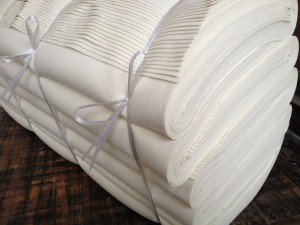In the world of gardening, where creativity meets nature, wool felt is emerging as an innovative material that brings both functionality and aesthetic charm. Gardeners and horticulturists are increasingly turning to wool felt to enhance their green spaces, leveraging its unique properties to create enchanting oases.
One of the key applications of wool felt in gardening is in plant protection. Its natural insulating qualities make it an ideal material for safeguarding delicate plants from harsh weather conditions. In colder climates, wool felt can be fashioned into plant covers, protecting tender shoots and blossoms from frost. The breathable nature of wool felt allows air and moisture to circulate, preventing the build – up of mold and mildew that can occur with some synthetic covers. Additionally, wool felt’s ability to repel pests, thanks to its texture and natural properties, helps keep insects and small animals away from plants, reducing the need for chemical pesticides.
Wool felt also plays a significant role in garden design and decoration. Its soft, tactile texture and range of colors add a touch of warmth and coziness to outdoor spaces. Gardeners are using wool felt to create unique decorative elements such as flowerbed edging, which not only defines the boundaries of garden beds but also adds a visually appealing contrast to the greenery. Felt – made garden ornaments, like colorful butterflies, birds, or abstract shapes, can be hung from trees or placed among plants, injecting a playful and artistic vibe into the garden.
Another innovative use of wool felt in gardening is in vertical gardening and living walls. Wool felt can be used as a growing medium for small plants and herbs. Its porous structure retains moisture while allowing roots to breathe, providing an ideal environment for plant growth. Gardeners can create felt – based pockets or panels, attaching them to walls or fences, and filling them with soil and plant seeds. This not only maximizes space in small gardens but also creates a stunning living tapestry of greenery.
In addition, wool felt is being used in composting and soil improvement. As a biodegradable material, wool felt can be added to compost piles, breaking down over time and enriching the soil with valuable nutrients. Its fibrous structure also helps improve soil aeration and water – holding capacity, promoting healthier plant growth.
As the trend towards sustainable and beautiful gardening continues to grow, wool felt is set to become an essential material in every gardener’s toolkit. Its combination of practical benefits and aesthetic appeal makes it a game – changer in the world of horticulture, enabling gardeners to create truly magical outdoor spaces.

Post time: May-30-2025
